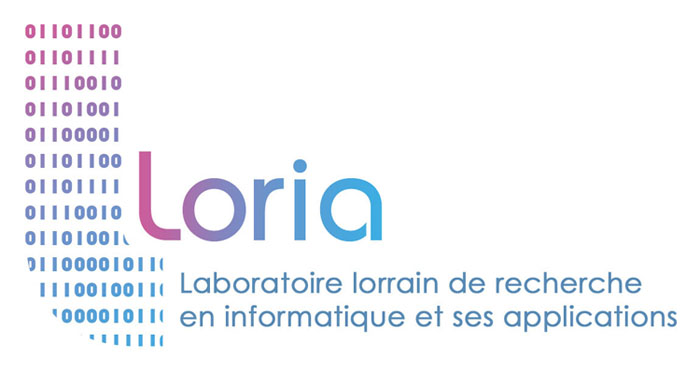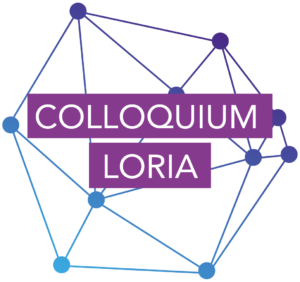TANGRAM
Department 1 : Algorithms, computation, image and geometry
Team leader : Marie-Odile Berger
Mail : marie-odile.berger (at) loria.fr
Physically coherent modelling, accurate registration and development of associated robust estimation techniques are the main focus of the tangram team.
Overview
Physically coherent modelling, accurate registration and development of associated robust estimation techniques are the main focus of the tangram team.
Visual registration and modelling are two research topics with a rich history in computer vision. The TANGRAM project aims at addressing some specific aspects of these fields which are still largely unsolved. Indeed, difficulties originate in the nature of the scene (poorly textured or specular environments), in the motion undergone by the object (tiny motions which hardly emerge from
the noise floor, or in contrast, highly deformable objects) and in dissimilarities which may occur in the scene between the time the modelling stage occurs and the application time. In the continuity of the MAGRIT team, applications will be mostly dedicated to interactive tasks but are not limited to these aspects.
Registration and modelling are two joined topics and a tradeoff between physical realism of the model, convergence issues and robustness of the registration or tracking tasks must be achieved. Recently, the ability of neural networks to learn feature descriptors, to aggregate information of various complexities in images and to reason at the object level has opened new and promising perspectives both for modelling and for registration. While continuing to explore these problems with more classical approaches derived from signal processing, geometry and robust estimation, one of the aims of the team is to integrate machine learning methods into 3D geometric tasks.
The TANGRAM project is structured along three lines which aim at:
• better integrating machine learning techniques into the geometric problems under consideration.
• building physically coherent models with a good accuracy versus efficiency compromise for the targeted tasks. The models considered here range from classical geometric models to the design of new models built at the object level or augmented with semantic information.
• designing robust numerical schemes for solving ill-posed problems raised by the above questions.
Application domains
Targeted trans-disciplinary applications are
- mixed and augmented reality,
- computational photomechanics
- minimally invasive medical interventions.


